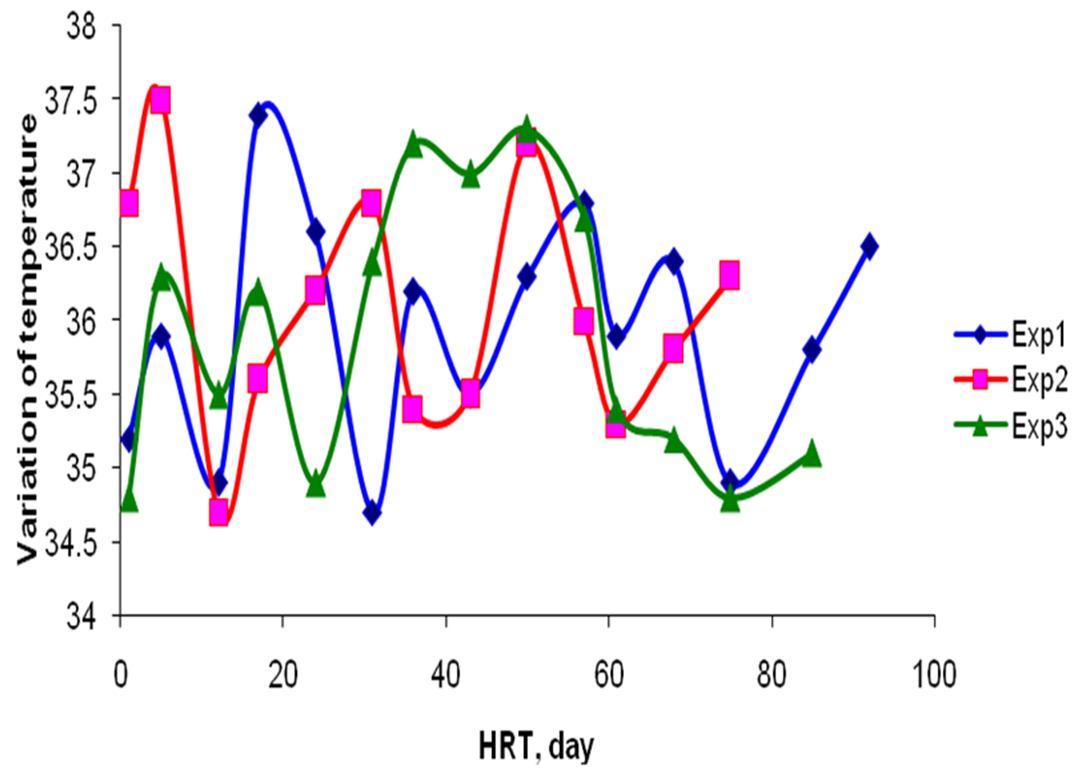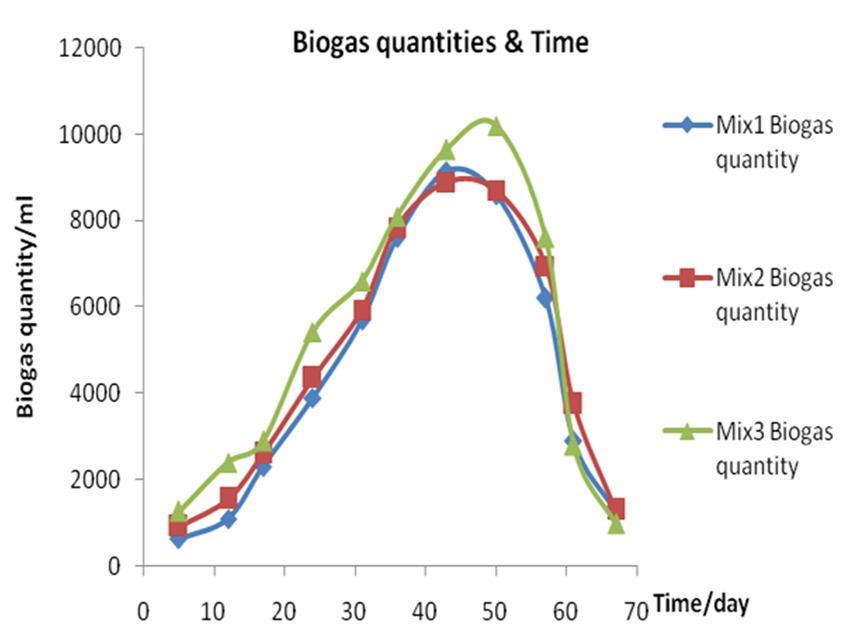
1 minute read
International Journal for Research in Applied Science & Engineering Technology (IJRASET)

ISSN: 2321-9653; IC Value: 45.98; SJ Impact Factor: 7.538
Advertisement
Volume 11 Issue IV Apr 2023- Available at www.ijraset.com
B. Temperature Variation
The temperature adjusted at 36 C during all experiments in mesophilic range. Temperature can influence the rate of bacterial action as well as the quantity of moisture in the biogas as moisture content increases exponentially with temperature. Temperature also has an influence upon the concentration of contaminants in biogas. Mesophilic bacteria can withstand temperature fluctuations of ±30 C without noticeable reduction in the production of biogas, but it is important to keep the temperature constant throughout the digestion process. All experiments occurred in mesophilic range because the stability offered by mesophilic bacteria is an important reason for its worldwide use. There is slightly variation with mixture1, 2 and mixture3 experiments as shown in Figure 3.
3 The variation of temperature at experimental intervals
C. Biogas Production
Biogas yield and percentage were recorded in three experiments with mesophilic conditions. The results show that the average of biogas yield in the first experiment for the mixture of sludge and cattle dung was 49.36 L kg-1 OS. Figure B shows the production of biogas of the three experiments, mix.1, mix.2 and mix.3. Results are represented as the volume of biogas obtained versus the hydraulic retention time (HRT). The spread of the results among test indicate that the biogas production in the three experiments is fairly reproducible or stable, until three experiments get close to the maximum production. The calculation of biogas quantity in case of mix.2 was 52.8 L kg-1 OS. In the mix3 experiment, biogas quantity was 57.91 L biogas/kg OS more than mix.2 and 1 with raised pH during hydraulic retention time.
In Figure 4, we notice that in case of (Experiment 1), the production of biogas increases at the beginning of the time period, then decreases after 43 days due to degradation of organic matter as in the following degradation experiments. Also, in case of (Experiment 2), the production of biogas reaches highest increase after 43 days and decreases after that. But, in case of mixture3 (75% kichen and 25% cattle dung (Experiment 3), in the beginning of the time period, the production of biogas increases, then decreases after 50 days after reaching the highest biogas production.





